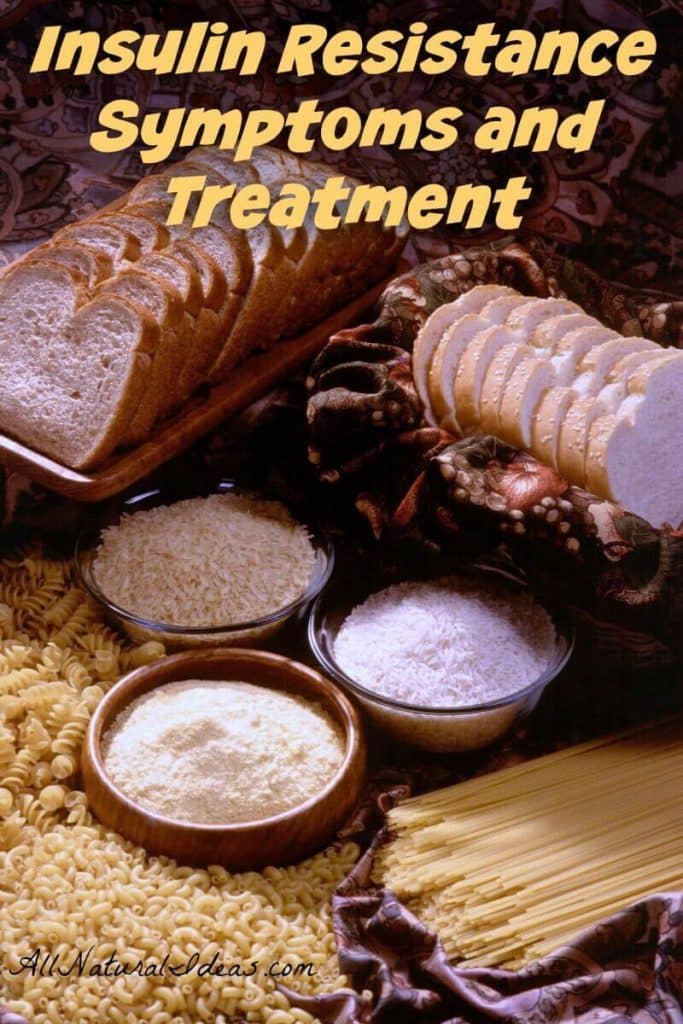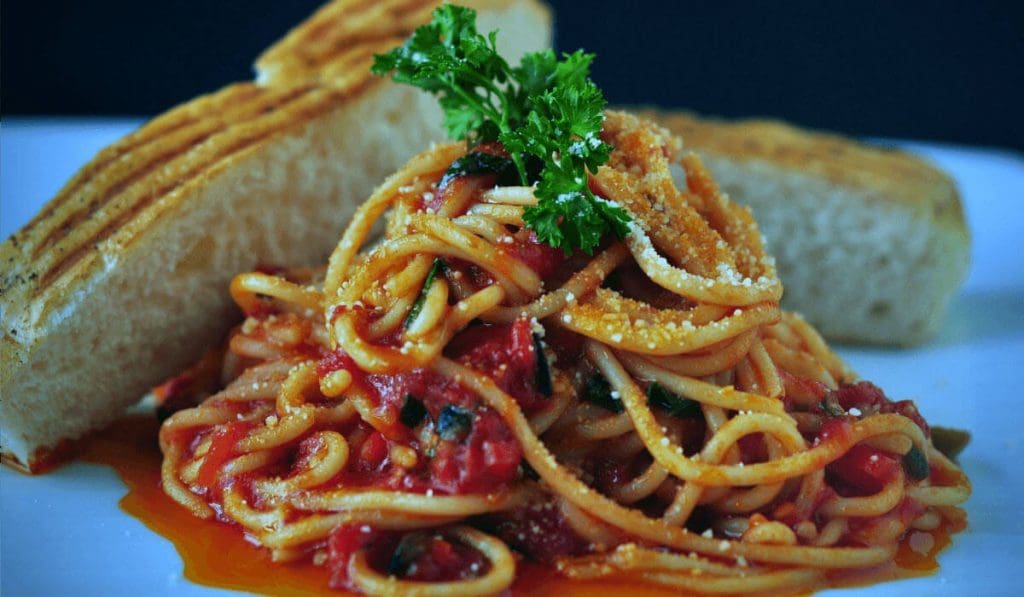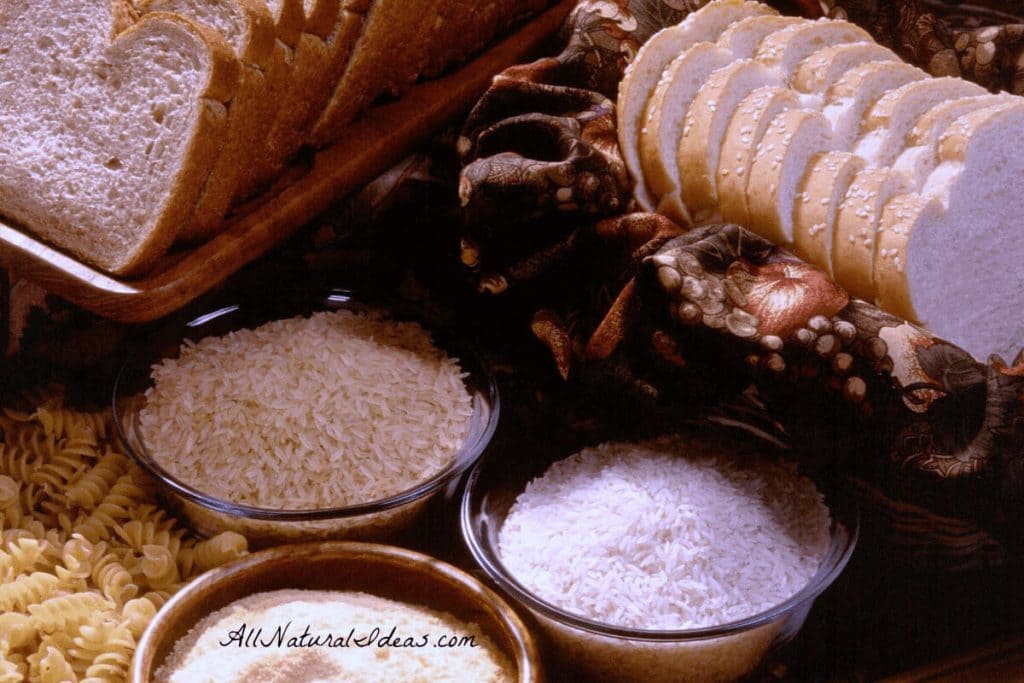Have you heard of insulin resistance? Learn how to recognize insulin resistance symptoms and how to treat the condition before diabetes sets in.

How do you know if you’re becoming insulin resistant? What are the insulin resistance symptoms and signs? Is insulin resistance a serious medical condition?
These questions can literally mean the difference between life and death. Think you’re becoming resistant to insulin? If you don’t do anything about it, you may eventually have type II diabetes. If left untreated, type II diabetes can lead to serious complications, even death.
Insulin is the hormone secreted by the pancreas that escorts blood sugar into the cells. The more carbohydrates you eat, the more insulin is secreted by your pancreas. When your cells are full of blood sugar, insulin can’t do its job. When this happens chronically, insulin resistance results. Blood sugar levels get higher. Metabolic syndrome or type II diabetes may then manifest.
Excess sugar from carbs gets stored as glycogen in the liver. Excess glycogen leads to more body fat around the midsection organs.
Insulin Resistance Symptoms and Treatment
Are blood glucose test strips an accurate way to tell if you’re insulin resistant?
One of the most common ways most people discover they’re insulin resistant is through a blood glucose reading. If your doctor gives you the test, the doctor will see if your fasting blood glucose reading is normal, slightly elevated or very high. A so-called “normal” fasting blood glucose reading is less than 100 (mg/dl) and under 140 for two hours after eating.
Even if you’re blood glucose reading falls under “normal” you still may experience insulin resistance symptoms. Your doctor probably won’t tell you that. So don’t rely only on blood glucose readings as a measure of your insulin’s effectiveness.
Look at it this way. If your house has a couple minor cracks in the foundation, it may not be condemned by the county. But it’s a problem you want to nip in the bud before it becomes worse.
Insulin Resistance Symptoms
Do you consume lots of starchy carbs, fruit, juice, soda or grains? If you do, your blood glucose levels may fall under the normal category. But that doesn’t mean you’re not becoming more insulin resistant. Especially if you experience some of the following insulin resistance symptoms:
- Frequently feed tired, even after taking a nap or getting a good night’s rest
- Mood fluctuations; even if everything seems like it should be ok, you feel a bit depressed
- Weight gain, even if all other life factors have remained the same
- Dizziness, headaches, nausea
- Digestive issues (bloating, heartburn)
- Sinus infections or candida (yeast overgrowth; prone to yeast infections)
- Joint pain or numbness/tingling in the extremities
- Cravings for sweets

Most effective ways to avoid insulin resistance
There are two effective ways to avoid these insulin resistance symptoms. The first way is to exercise at a level high enough to burn the full tank of glucose your cells are holding. This means that taking a leisurely stroll is not enough. Aim for the high-end of moderate intensity (or low-end of high intensity). Good examples include running up stairs, then letting your heart rate come down for a minute. Repeat for 20 minutes. Try to get your heart rate pumping to a point where you’re having slight trouble holding a conversation. Allow your heart rate to recover. Exercise 5-6 times a week like this to avoid insulin resistance.
The second way is to reduce your carbohydrate intake. Try to limit your carb intake to low-starch vegetables and a small amount of fruit. Fruits should be from fresh organic berries. If you are very insulin resistant, carbohydrate intake needs to be more limited.
Organic green, leafy veggies like spinach or kale should be part of the diet. Also eat cruciferous veggies like broccoli and cauliflower. Eat lots of healthy dietary fats, even saturated fat.
Avoid cooking with vegetable and seed oils. These easily go rancid when exposed to heat. Vegetable and seed oils promote inflammation as described here. It’s difficult to improve your insulin function with inflammation.
There are lots of excellent low-carb sources on the web. And a low-carb recipe blog can be very helpful.
Conclusion
Don’t wait until your doctor tells you that you are pre-diabetic. Even if you have type II diabetes, the condition is completely manageable. It’s even possible to reverse diabetes.
If you have at least a few of the symptoms above, you could very well be insulin resistant. Chances are, you’re not an Olympic athlete and you spend a good chunk of the day sitting.
Get up and go for a few walks throughout the day and spend a little time doing interval training. That should empty your cells of most of the excess sugar.
Going low-carb also will be effective at preventing you from becoming insulin resistant.
If you’re already struggling with managing your diabetes, discover how pumpkin seed oil can help control blood sugar and insulin release.
Are you concerned about insulin resistance? Let us know below……






